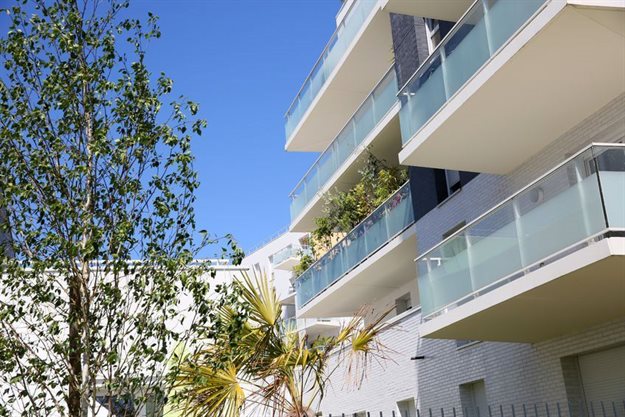According to the TPN Vacancy Survey for Q4 2020, decreased demand for rented accommodation during 2020 pushed up vacancy levels, with income constraints cited as the biggest contributor to tenants' early cancellation of lease agreements.
These statistics are confirmed by the BankservAfrica Take-home Pay Index which confirms that 10.4% less workers were paid a salary in October 2020 compared to October 2019. Less people earning salaries means that fewer households are able to afford to participate in the rental market.
A total of 3.7 million households live in rented accommodations, with 3 million households renting formal housing, including houses, flats, apartments, clusters, townhouses or semi-detached dwellings, a backyard house, flat or room, granny flat or servant’s quarters. The balance rent traditional or informal dwellings, according to the Stats SA General Household Survey released in December 2020.
The TPN Vacancy Survey has found that landlords are experiencing increased vacancies, which in the final quarter of 2020 went up to 12.91%.
Encouragingly, vacancy rates have started to recover in the Western Cape, Eastern Cape and KwaZulu-Natal. However, vacancy rates in Gauteng continue to rise with 14.66% vacancies in Q4 of 2020. One of the reasons for this continued surge is likely to be the increase in residential houses and flats which were constructed in 2019 in Gauteng, unlike other provinces where residential construction remained relatively flat in 2019 and 2020.
Gauteng – excess supply
Nearly half of all residential rental tenants reside in Gauteng. According to the Vacancy Survey, Sandton has the highest vacancy rate at 22.4% - a deterioration of 4% compared to the same quarter in 2019. This figure is not unexpected as tenants downscale to more affordable rentals.
Soweto’s vacancy rate in Q4 of 2020 was 18.6% with little change from Q3 and was also not unexpected given that low earners and casual workers were most affected by a loss of earnings in 2020. The only metro to record single digit vacancies was Ekurhuleni at 9.8%.
Overall, Gauteng faces the challenge of high supply and low demand which makes recovery unlikely in the short term.
Western Cape – negative escalation
A market adjustment in 2018 in all likelihood helped to mitigate the challenges faced by the rental market in 2020. From mid-2018, demand for rental accommodation started deteriorating and supply slowly increased, spurred on the fallout of the short-term rental market at the time. Tenants were finally treated to decelerating rental escalation and negative escalation in both in both Q3 and Q4 of 2020.
The Western Cape currently has an acceptable vacancy rate of 9%, while the more affordable Northern Suburbs reflect a low 5.1% vacancy rate. However, the luxury end of the market, represented by the Atlantic Seaboard, has a 25% vacancy rate.
Antionette McClean 21 Jan 2021 KwaZulu-Natal – stable market
The market is almost back to equilibrium with only slightly lower demand than supply in KwaZulu-Natal. Vacancy rates in the province are in the single digits with even luxury North Coast vacancies only at 7.4%. However, these encouraging statistics need to be considered in light of the fact that the province has the worst performing rental payment behaviour with only 73.55% of tenants in good standing. The key insight here is that there needs to be careful balance between an empty property versus low vacancies filled with non-paying delinquent tenants.
Eastern Cape – low vacancy rate
The Eastern Cape bucks the trend compared to the rest of the country, given that the majority of citizens rely on social grants as their primary source of income as opposed to salaries. The province has an insufficient supply of rental accommodation available with a high demand which means that landlords are able to be selective in terms of their choice of tenant. As a result, the province has a low vacancy rate of 6.3%.
30% rule
The rental market applies the same 30% of income for housing rule as home ownership which provides appropriate comfort for the affordable and mid-market value bands. In the low-end of the market it is not uncommon for incomes to have to stretch to cover up to 42% of rent expenses, which often causes tenants to default. According to the TPN Rental Monitor, only 62.5% of tenants who rent for less than R3,000 per month are in good standing with their rent.
Low-end workers, weekly wage earners and casual workers have been most affected by loss of income. However, the demand for housing is significant in this segment of the market. The challenge for landlords is that the quality of tenant application in this sector is generally weak and this impacts the vacancy rate which is currently 16%.
Conclusion
The current rental market requires a careful balancing of price, affordability, maintenance, security and rising municipal expenses. Careful planning and consistent management of these variables will be key to managing vacancy rates.















